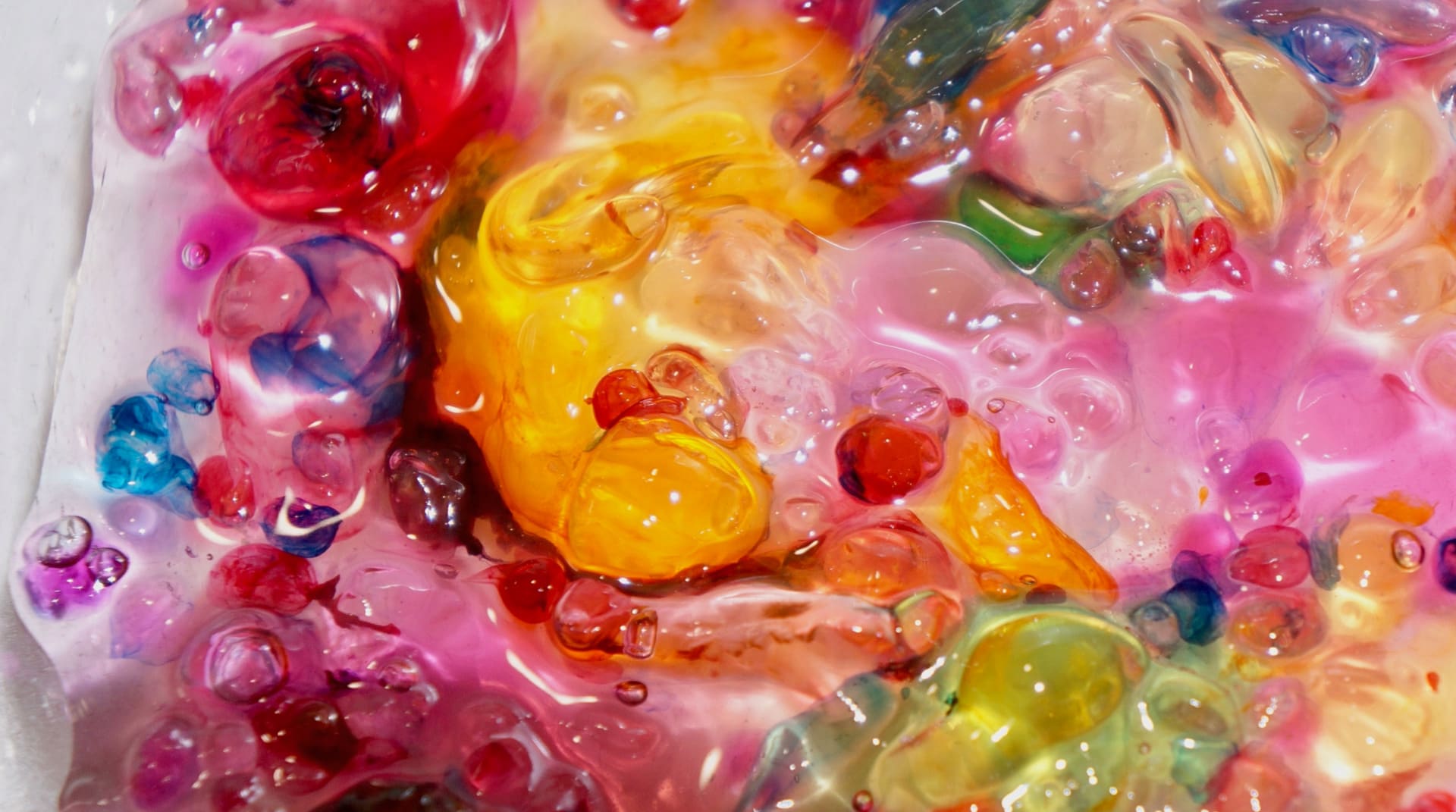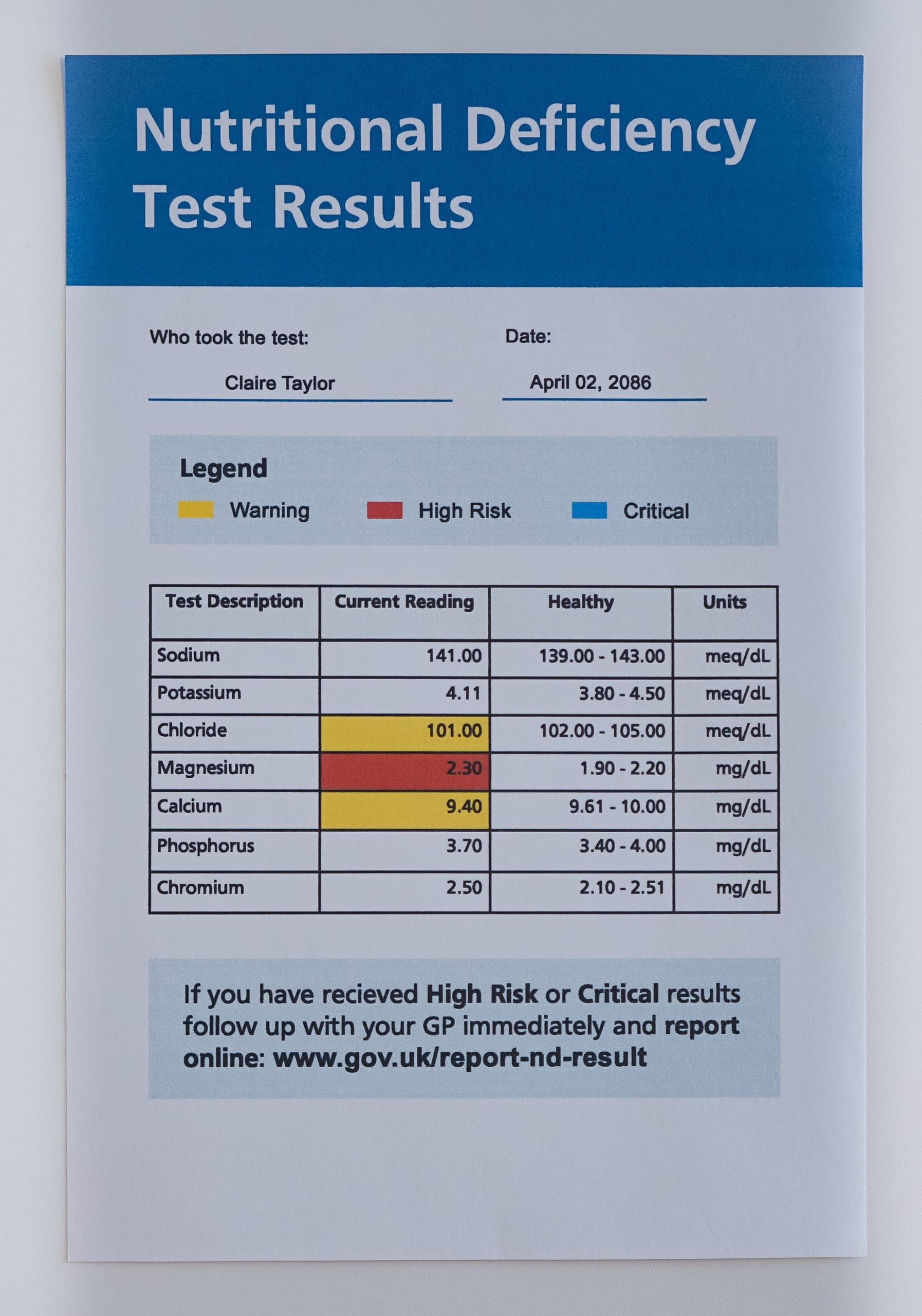Practice
Laura Dudek is a creative practitioner working at the intersection of design, sustainability, and social responsibility. She is interested in technology insofar as it is often enmeshed at the center of these conversations. She uses design fiction and world building as tools for creating critical interventions and discourse.
Her recent works explore immersion and empathy in pursuit of understanding how design can be used to help us orient towards more desirable, sustainable futures. Central to notions of sustainability, she endeavors to explore these questions inclusive of diverse communities––within academia and industry, and beyond.
As a creative practitioner, Laura represents her inquiries through research, worlds, stories, and participatory experiences.
Experience
B.A. in biology, with Honors, from Skidmore College, NY
5+ years experience as manager/strategist leading award-winning teams in the digital design industry
Creative works have been exhibited internationally with critical acclaim
Engagements
Editor - RCA Design & Philosophy Society
RCA Show2021 - Workshop: Untangling Alternative Futures - 24 June 2021
RCA Show2021 - IED Physical Show: "BEEP BEEP" - 23 July 2021 to 25 July 2021


![[untitled]](https://res.cloudinary.com/rca2020/image/upload/f_auto,h_1281,w_1920,c_fill,g_auto,q_auto/v1/rca2021/60c5c5d8a98c7847e5a55fda-499852?_a=AXAH4S10)
![[untitled]](https://res.cloudinary.com/rca2020/image/upload/f_auto,h_1281,w_1920,c_fill,g_auto,q_auto/v1/rca2021/60c5c5d8a98c7847e5a55fda-513820?_a=AXAH4S10)
![[untitled]](https://res.cloudinary.com/rca2020/image/upload/f_auto,h_2560,w_1708,c_fill,g_auto,q_auto/v1/rca2021/60c5c5d8a98c7847e5a55fda-530946?_a=AXAH4S10)
![[untitled]](https://res.cloudinary.com/rca2020/image/upload/f_auto,h_2560,w_1708,c_fill,g_auto,q_auto/v1/rca2021/60c5c5d8a98c7847e5a55fda-542048?_a=AXAH4S10)
![[untitled]](https://res.cloudinary.com/rca2020/image/upload/f_auto,h_1281,w_1920,c_fill,g_auto,q_auto/v1/rca2021/60c5c9e5a98c7847e5b0956e-376996?_a=AXAH4S10)








![[untitled]](https://res.cloudinary.com/rca2020/image/upload/f_auto,h_1280,w_1920,c_fill,g_auto,q_auto/v1/rca2021/60cb653398de755bbf3dc61c-709698?_a=AXAH4S10)
![[untitled]](https://res.cloudinary.com/rca2020/image/upload/f_auto,h_1280,w_1920,c_fill,g_auto,q_auto/v1/rca2021/60cb653398de755bbf3dc61c-726132?_a=AXAH4S10)
![[untitled]](https://res.cloudinary.com/rca2020/image/upload/f_auto,h_1280,w_1920,c_fill,g_auto,q_auto/v1/rca2021/60cb653398de755bbf3dc61c-746001?_a=AXAH4S10)
![[untitled]](https://res.cloudinary.com/rca2020/image/upload/f_auto,h_1280,w_1920,c_fill,g_auto,q_auto/v1/rca2021/60cb653398de755bbf3dc61c-767678?_a=AXAH4S10)
![[untitled]](https://res.cloudinary.com/rca2020/image/upload/f_auto,h_1280,w_1920,c_fill,g_auto,q_auto/v1/rca2021/60cb653398de755bbf3dc61c-784581?_a=AXAH4S10)
![[untitled]](https://res.cloudinary.com/rca2020/image/upload/f_auto,h_1280,w_1920,c_fill,g_auto,q_auto/v1/rca2021/60cb653398de755bbf3dc61c-799103?_a=AXAH4S10)
![[untitled]](https://res.cloudinary.com/rca2020/image/upload/f_auto,h_534,w_1920,c_fill,g_auto,q_auto/v1/rca2021/60c5cfb9a98c7847e5c1f663-526418?_a=AXAH4S10)